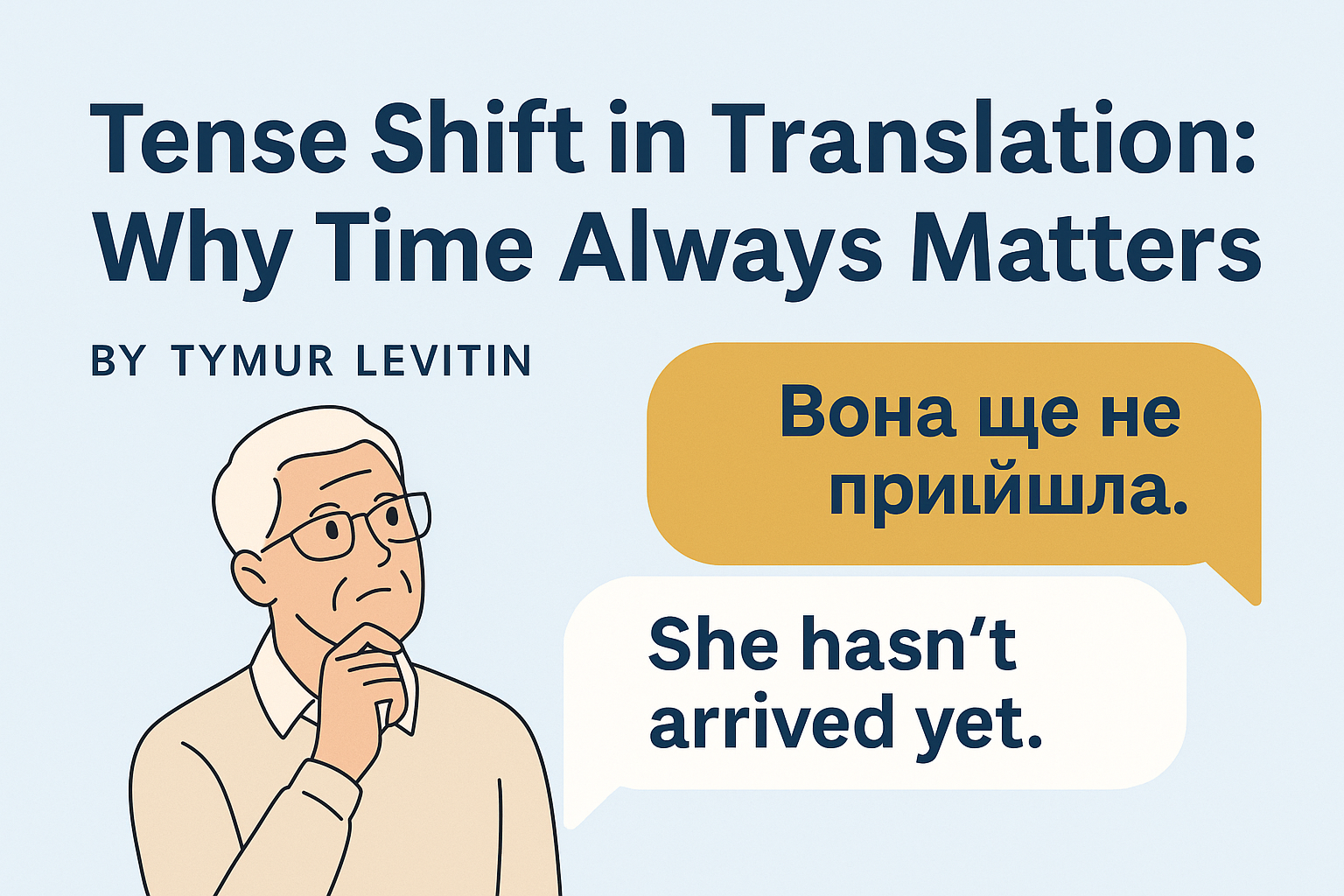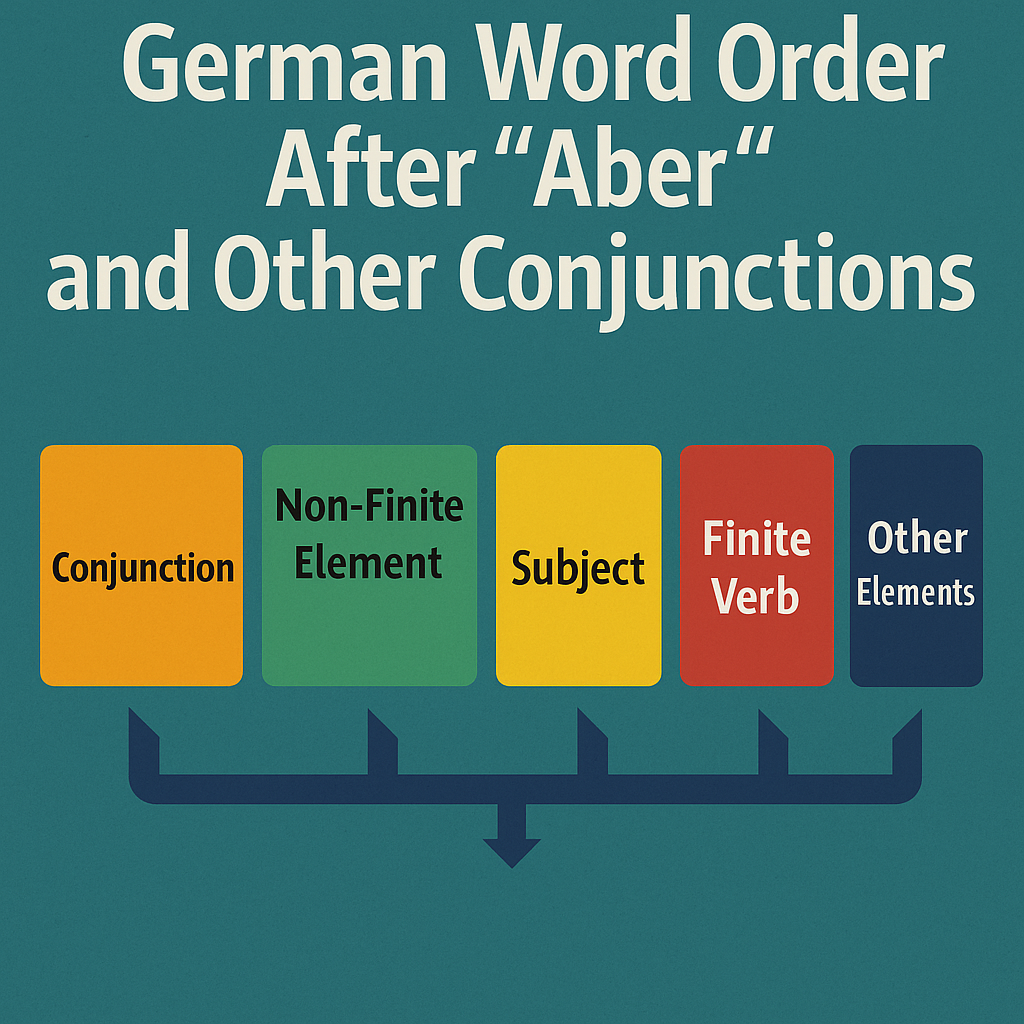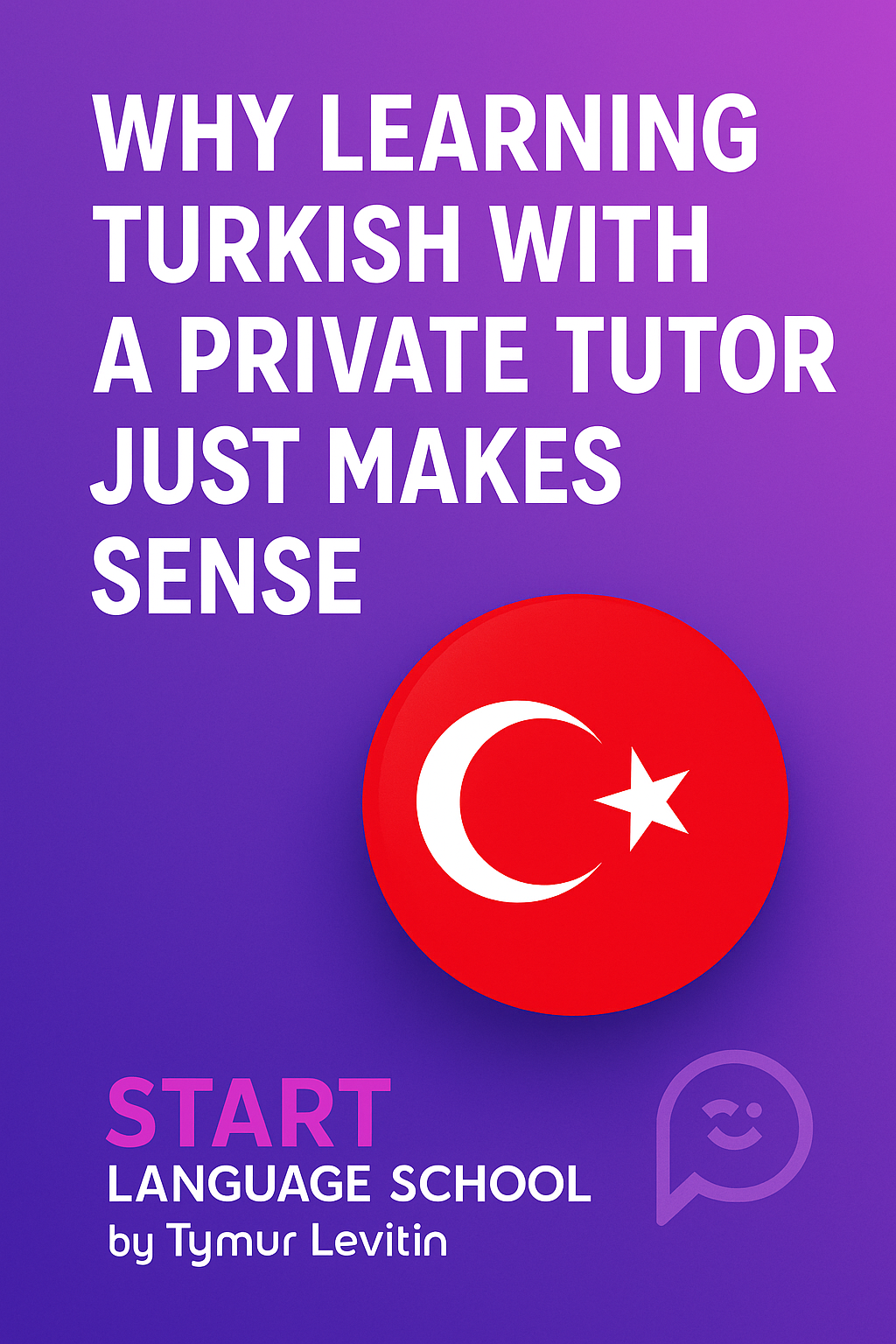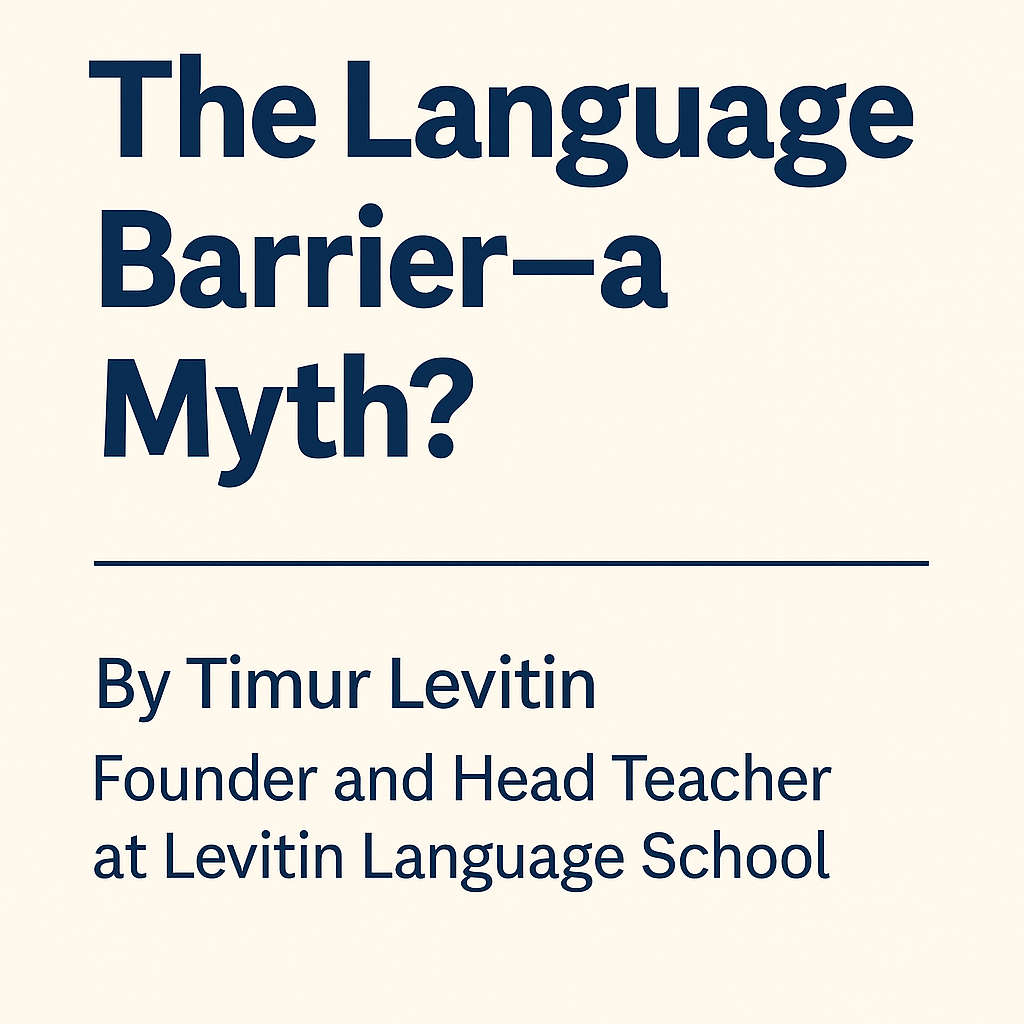Understanding sentence structure through logic, emotion, and intention
🧠 Choose your language: https://levitinlanguageschool.com/#languages
It’s Not About Syntax. It’s About Sense.
Ask anyone studying German what the hardest part is, and many will say: “word order.”
They’re not wrong — but not for the reason most people think.
It’s not the number of rules that makes it difficult. It’s the illusion that those rules are enough.
You learn:
- the verb must be in second position
- subordinate clauses push the verb to the end
- modal verbs go last
- time, manner, place…
And yet — students get stuck. Their sentences feel clumsy. They pause mid-sentence. They second-guess.
Why?
Because real speech is not about following templates — it’s about expressing what matters.
And German, like any structured language, reflects intention with precision.
The Truth Most Textbooks Skip
H3: German word order shows what you feel and what you mean.
Let’s compare two sentences:
- Ich habe gestern mit meiner Mutter telefoniert.
- Gestern habe ich mit meiner Mutter telefoniert.
Both are grammatically correct.
Both mean “I called my mother yesterday.”
But they do not mean the same thing.
In the first, the subject “I” is in focus — you did the action.
In the second, “yesterday” leads — the time is the emphasis.
That’s not just a grammatical shift.
That’s communication.
Why rules aren’t enough
Students taught only rules often create awkward, lifeless German.
Take this sentence:
Mit meiner Mutter habe ich gestern telefoniert.
Grammatically correct? Yes.
Natural? Only in special contexts.
German is not random. It’s intentional. The order shows focus, emotion, and contrast.
And that’s exactly what textbooks usually fail to teach.
A Better Way to Learn and Teach
At Start Language School by Tymur Levitin, we teach students to see language not as a checklist — but as a tool of meaning.
That means:
- Learning the logic behind why the verb moves
- Seeing how context changes sentence flow
- Practicing sentences that are actually spoken, not just tested
This approach is rooted in real teaching experience — including over 22 years of working with international students.
Learn more about Tymur Levitin as a teacher and methodologist here.
It’s not harder. It’s just deeper.
And that’s how you finally make sense of German — and enjoy it.
Related reading from our blog
→ Why Is the Verb Always in the Second Position in German?
→ Translating Literary Identity: A Cross-Language Study of Salinger and Remarque
📚 Category:
Interesting Information
🖋️ Author: Tymur Levitin
Founder, Head Teacher & Translator
Start Language School by Tymur Levitin / Levitin Language School
© Tymur Levitin. All rights reserved.
This article and its contents are the intellectual property of the author and may not be reproduced or redistributed without permission.






















